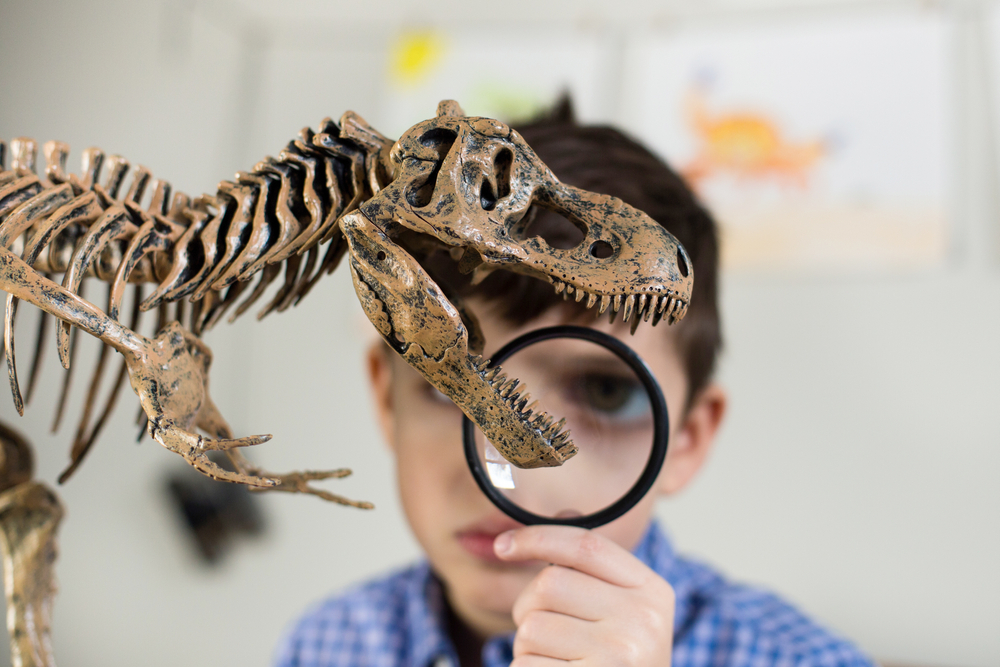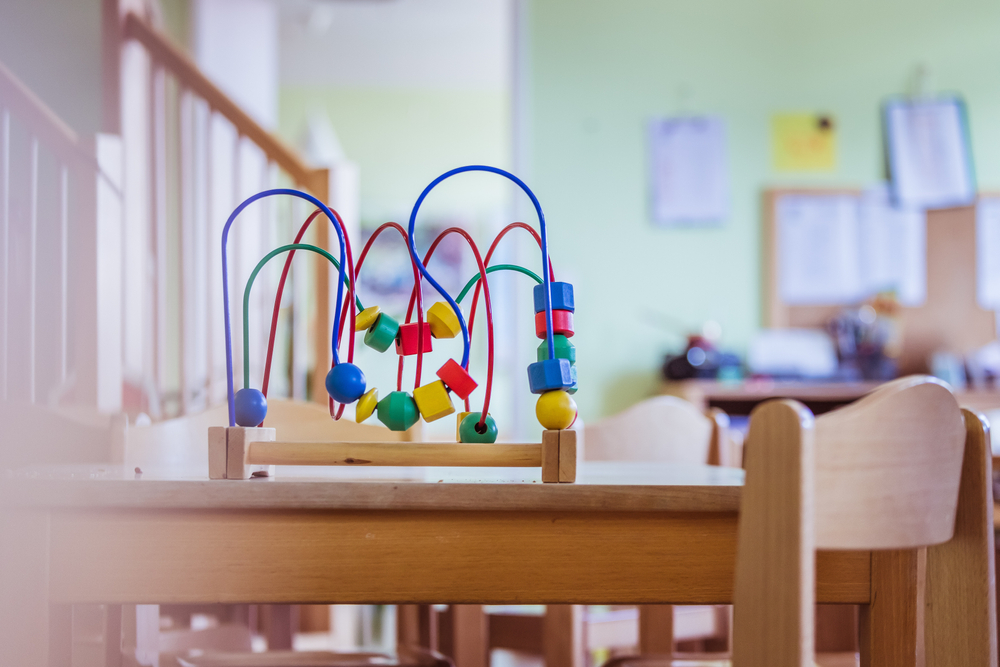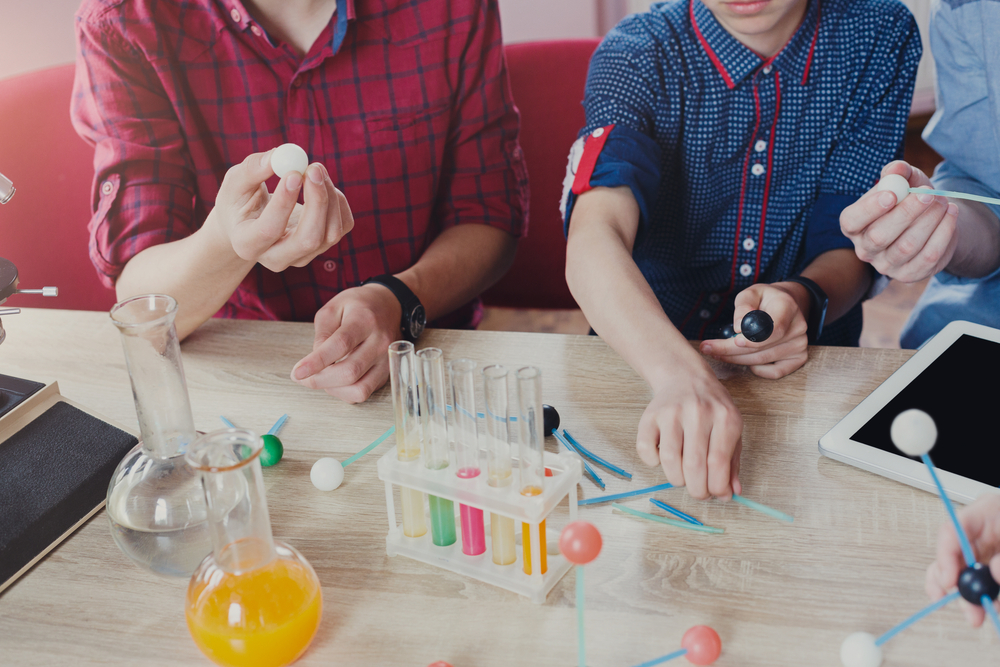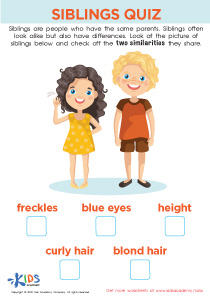Discover Fun and Educational Online Physical Science Worksheets for 7-Year-Olds at Kids Academy
51 filtered results
-
From - To
Introducing our captivating collection of Physical Science worksheets, meticulously crafted for 7-Year-Olds! Dive into the wonders of the physical world with activities designed to spark curiosity and foster a love for science in young explorers. Each worksheet is brimming with engaging exercises, from exploring the basics of matter to the fundamentals of energy, all tailored to the comprehension level of 7-year-olds. Watch as your child embarks on a thrilling journey through the realms of Physical Science, developing critical thinking and problem-solving skills along the way. Perfect for at-home enrichment or classroom learning, our worksheets are your child's passport to a world of scientific discovery!
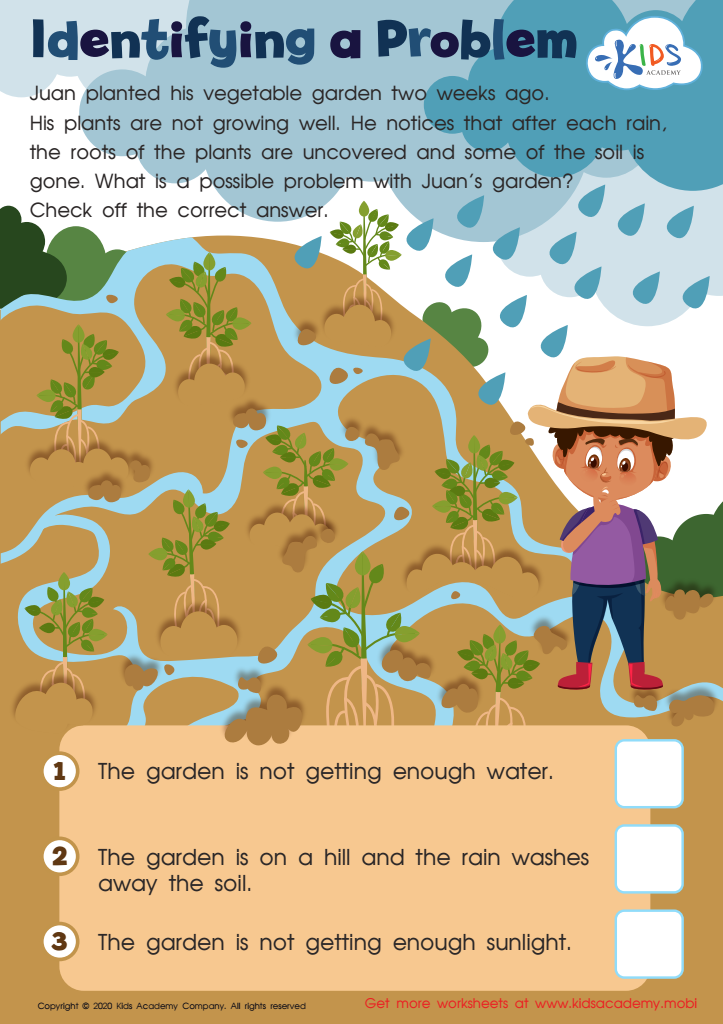

Identifying a Problem Worksheet
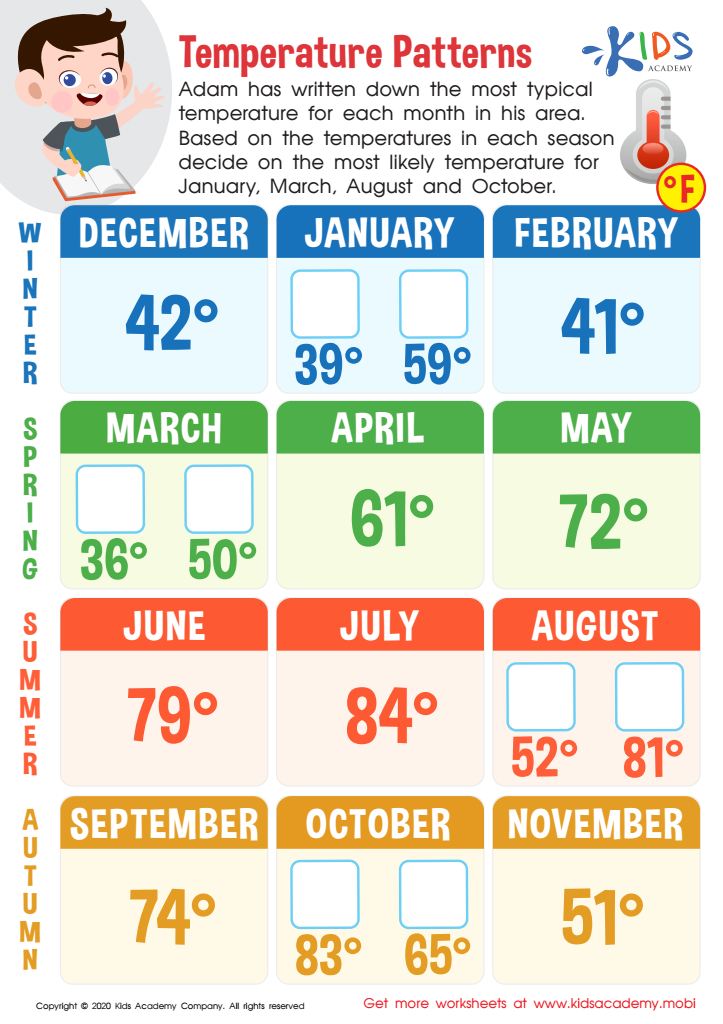

Temperature Patterns Worksheet
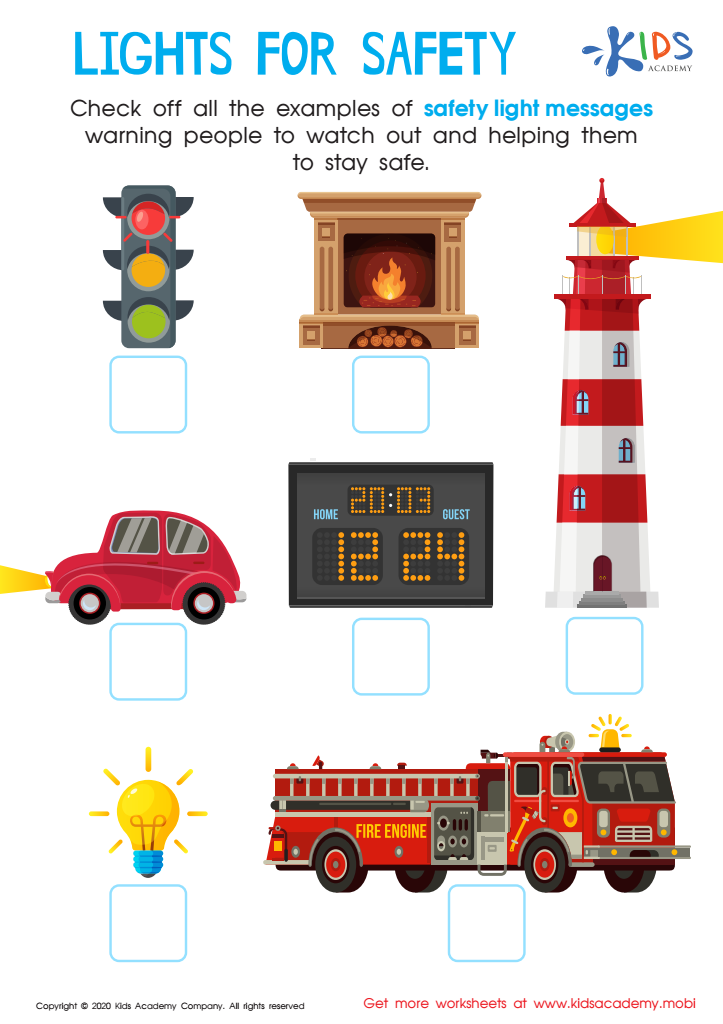

Lights for Safety Worksheet
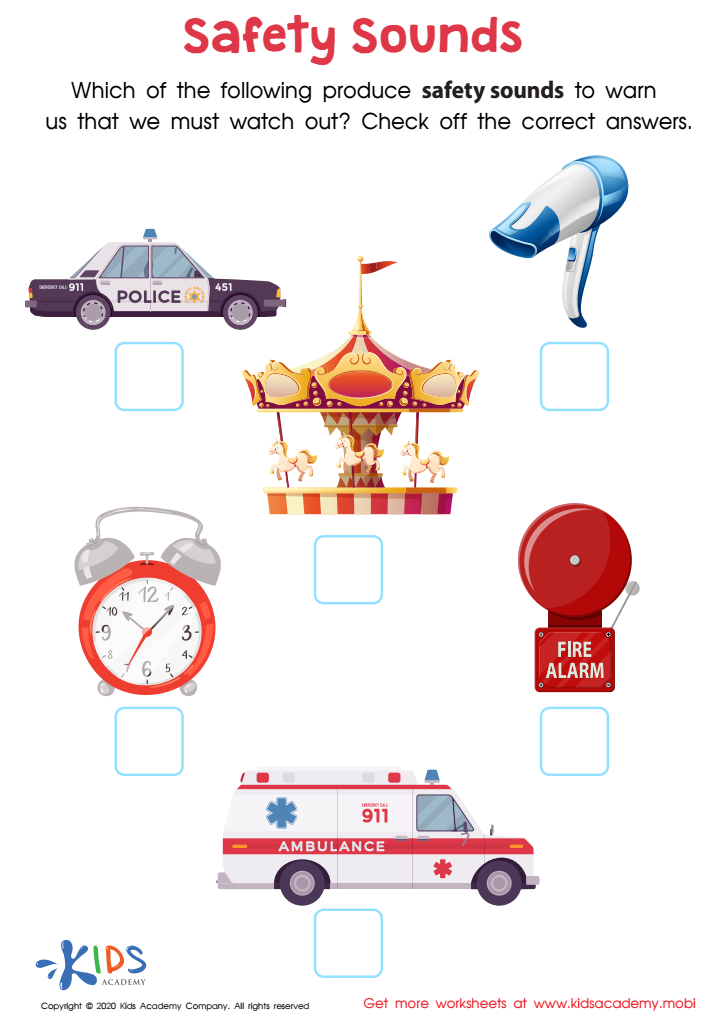

Safety Sounds Worksheet
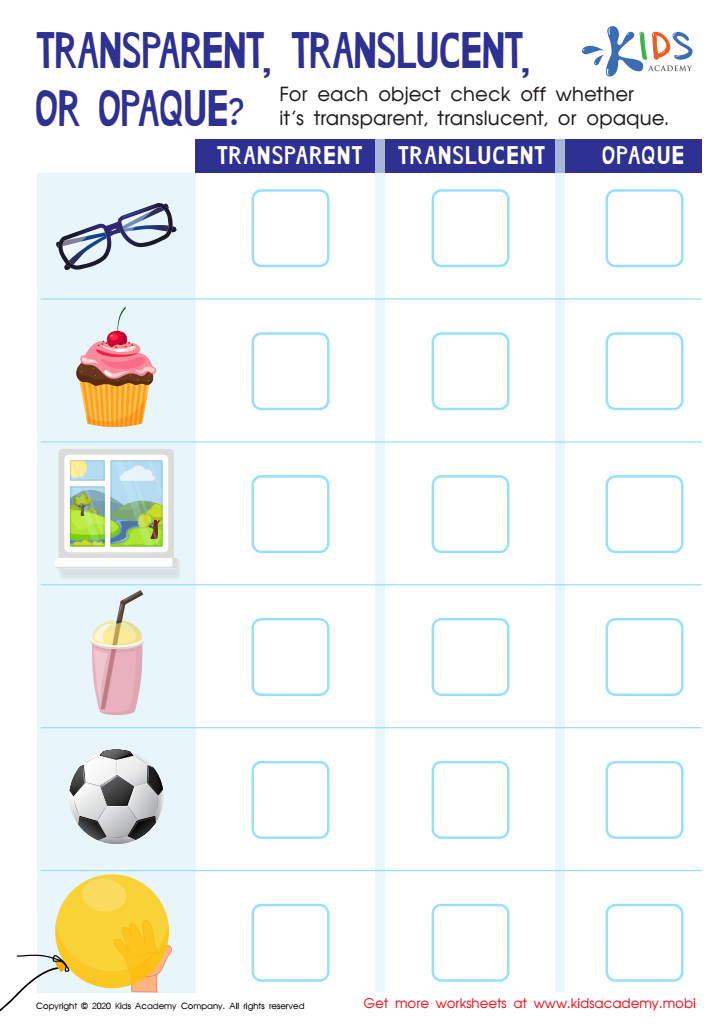

Transparent, Translucent, or Opaque Worksheet
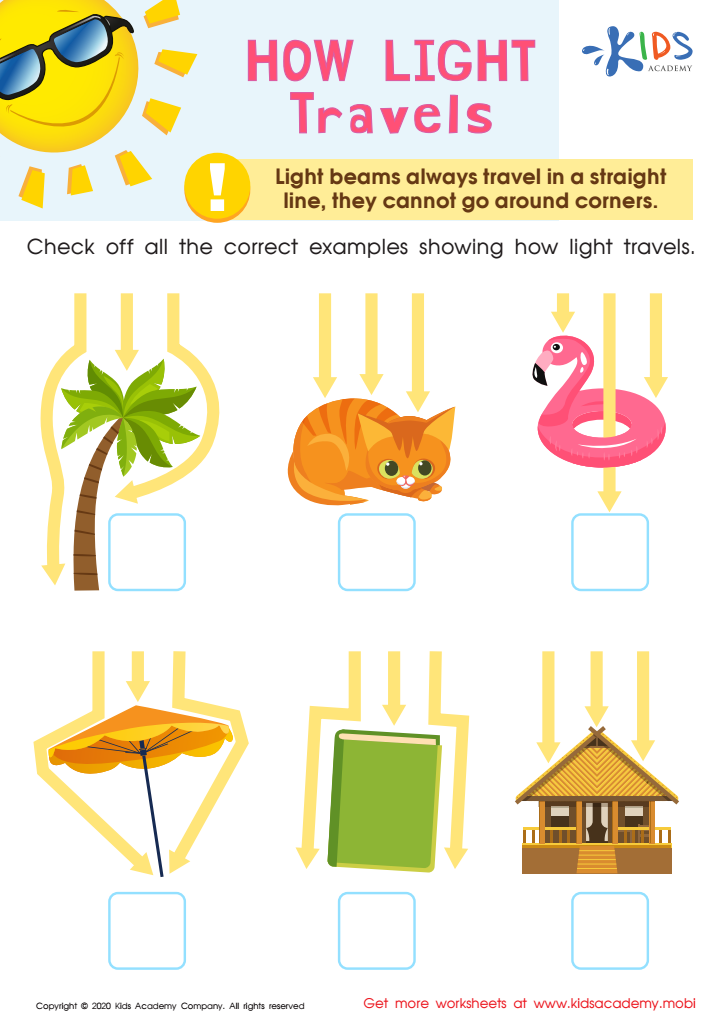

How Light Travels Worksheet
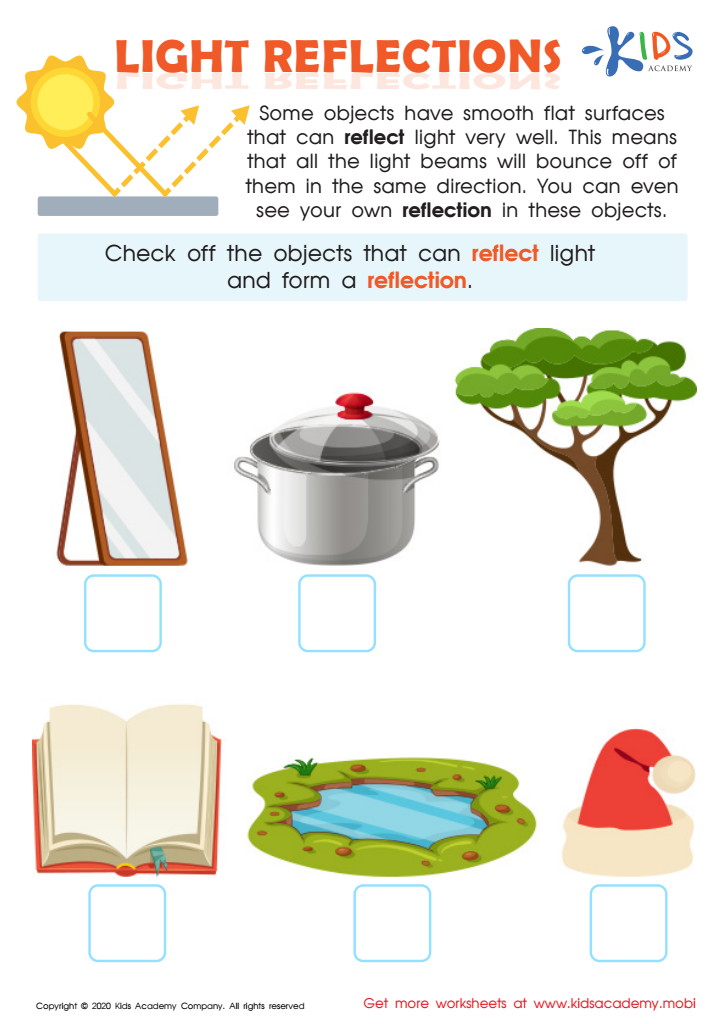

Light Reflections Worksheet
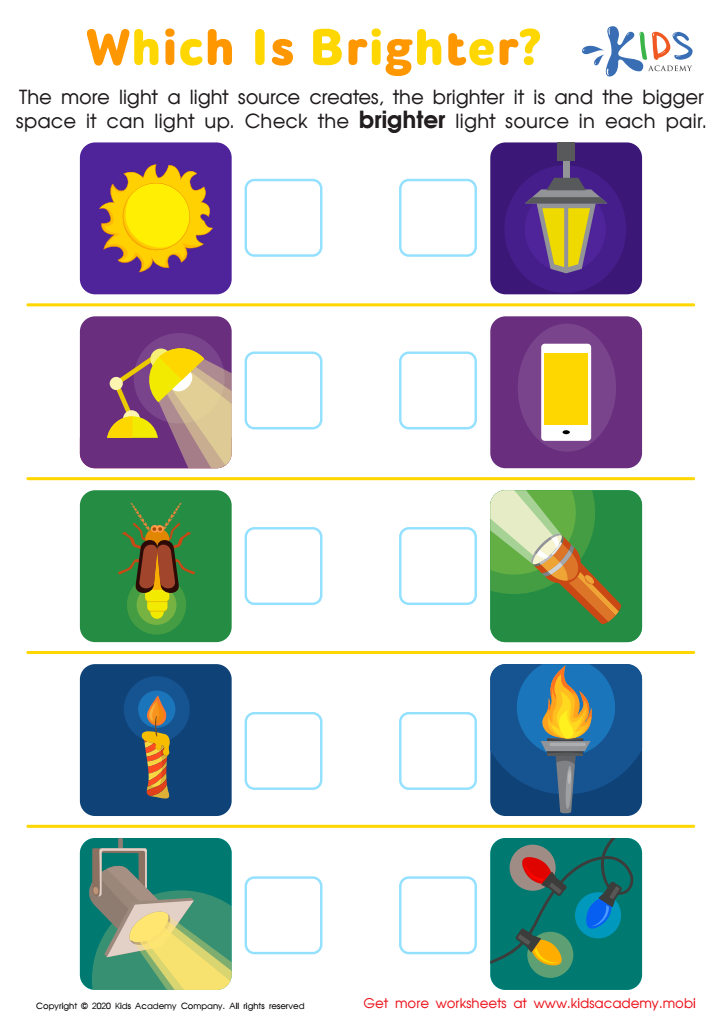

Which Is Brighter? Worksheet
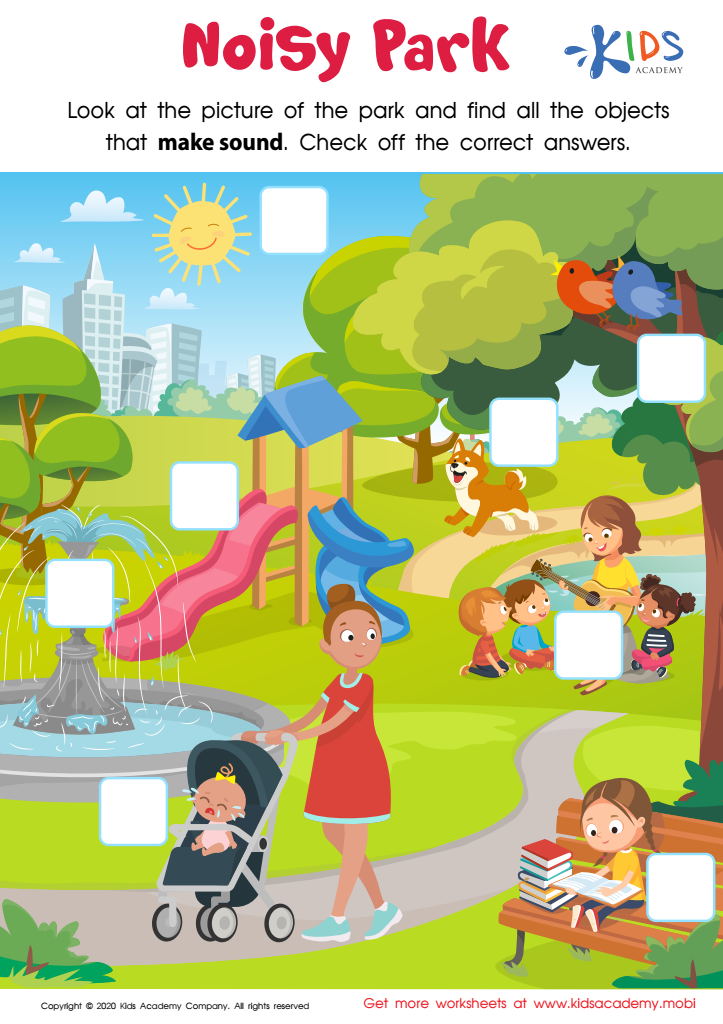

Noisy Park Worksheet
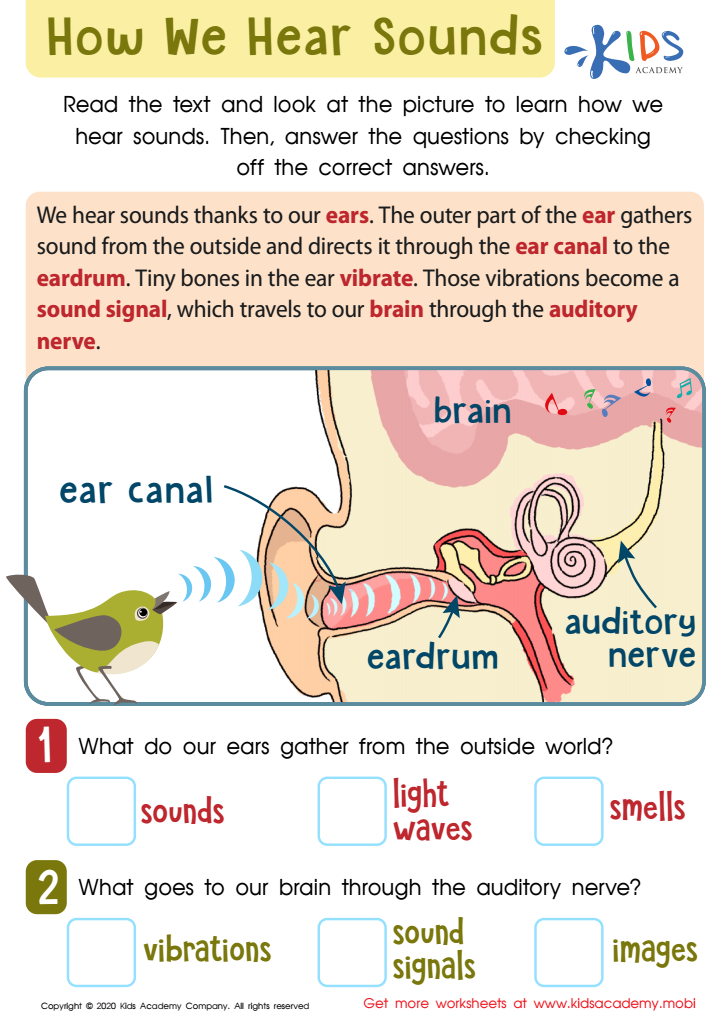

How We Hear Sounds Worksheet
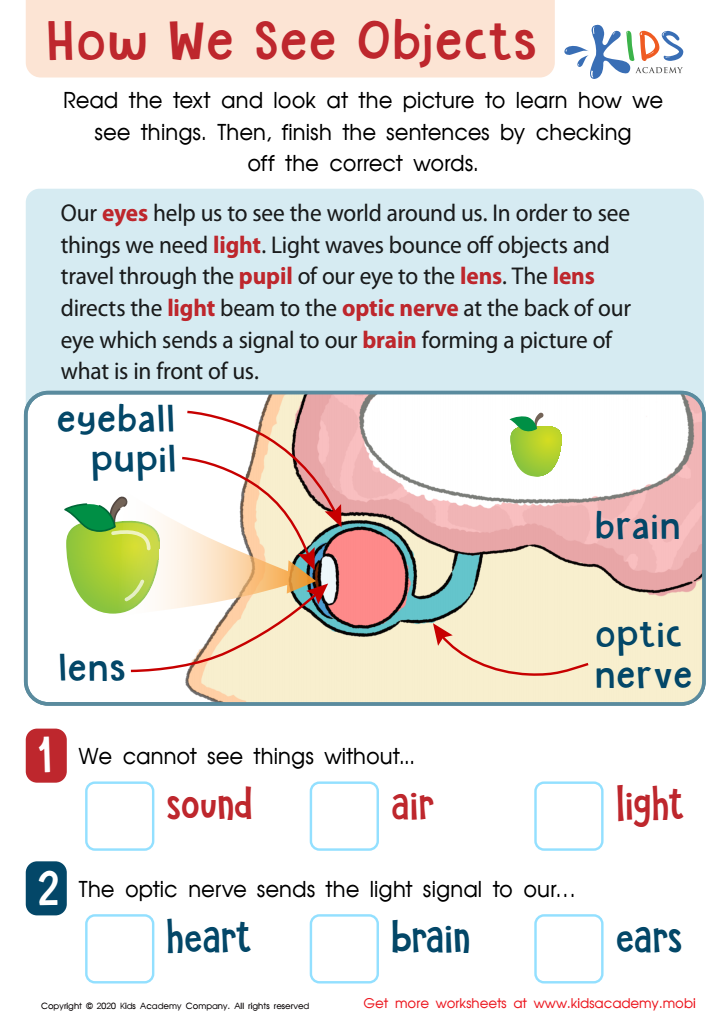

How We See Objects Worksheet
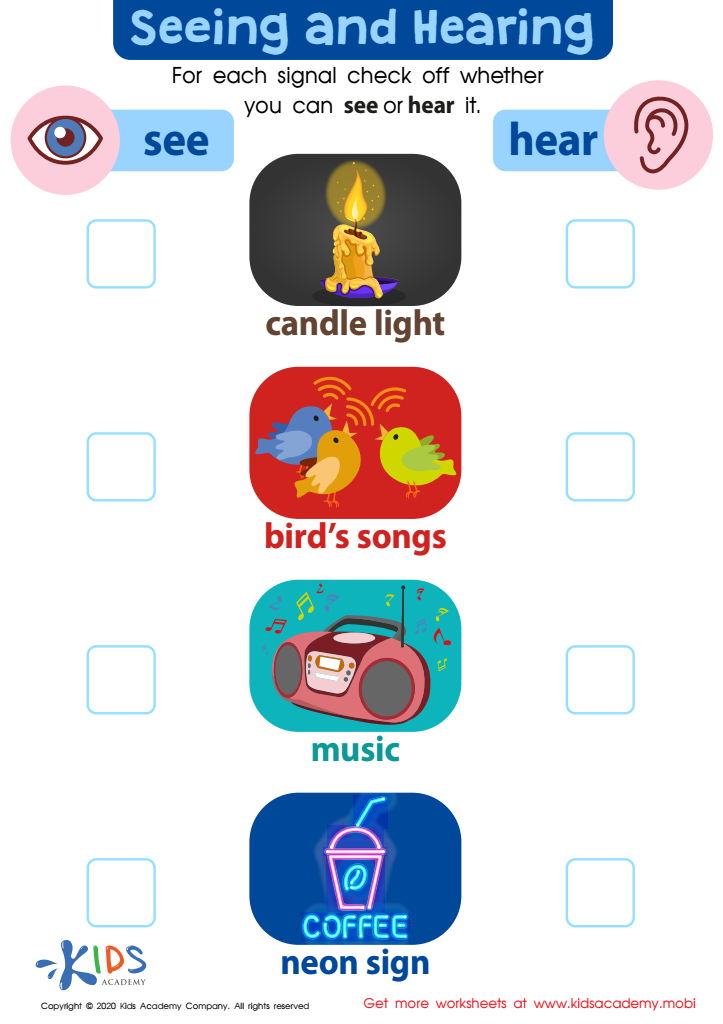

Seeing and Hearing Worksheet
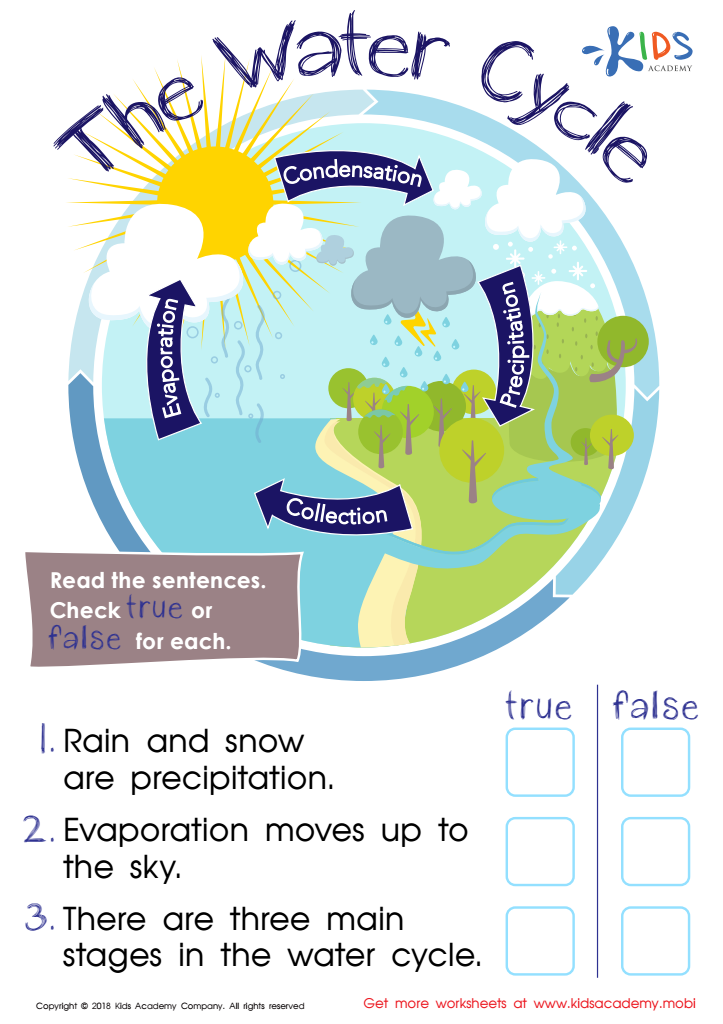

The Water Cycle Worksheet
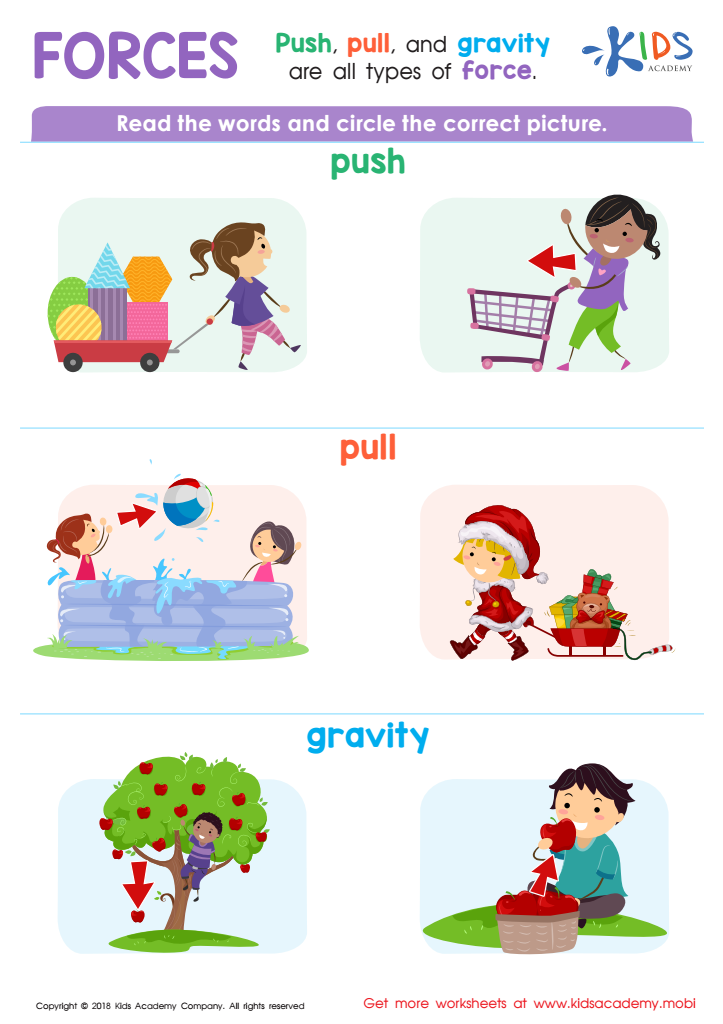

Forces Worksheet
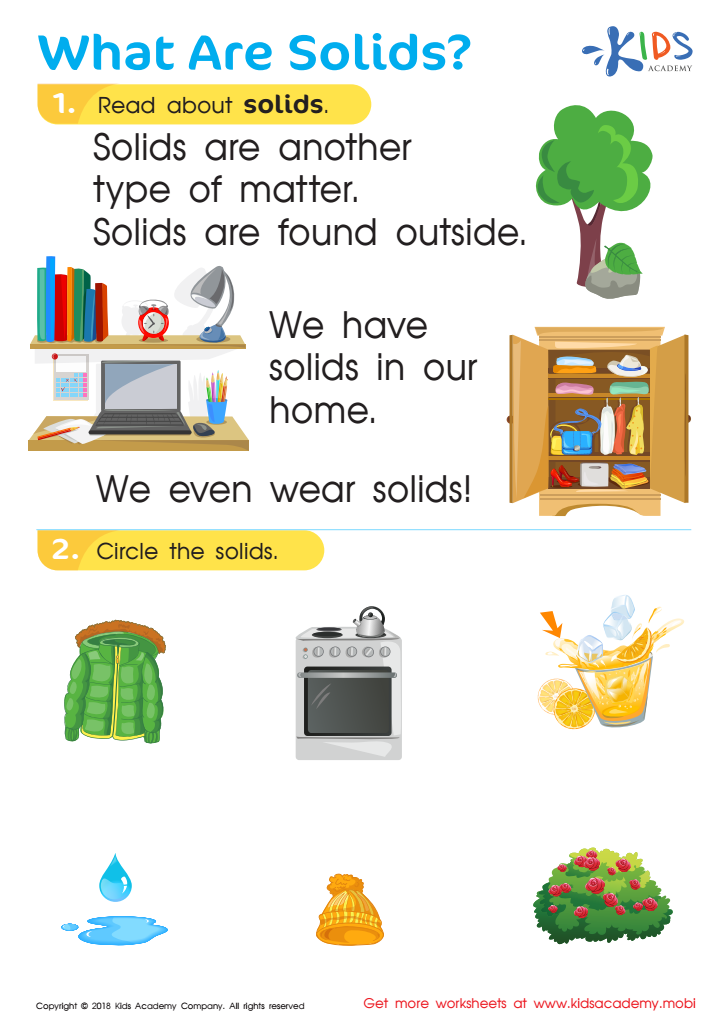

What Are Solids? Worksheet
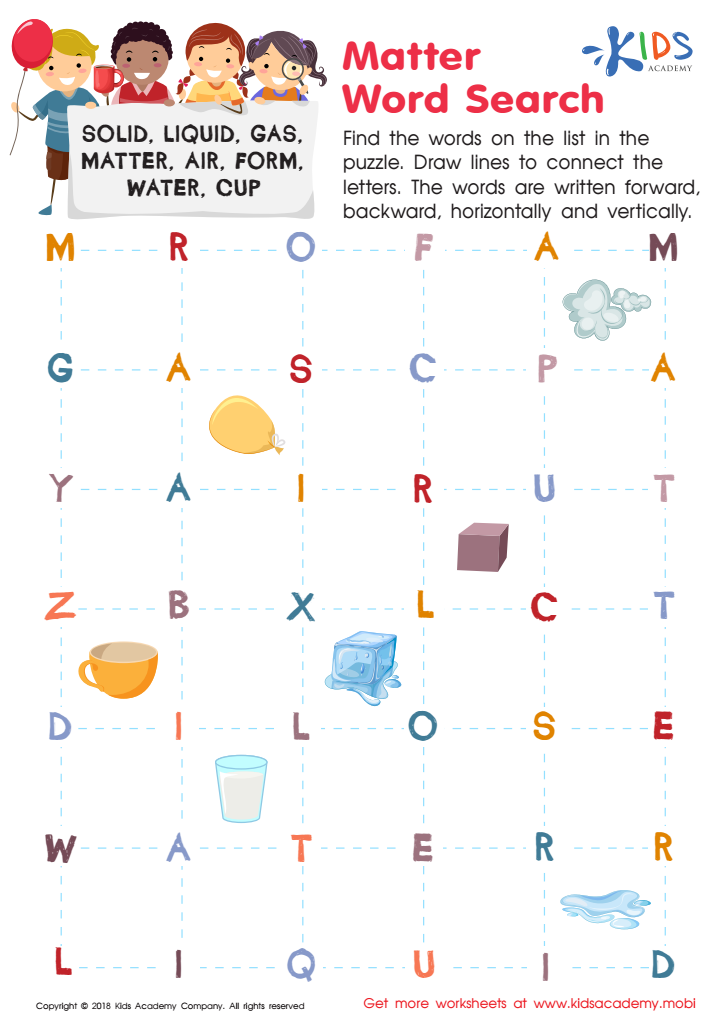

Matter Word Search Worksheet
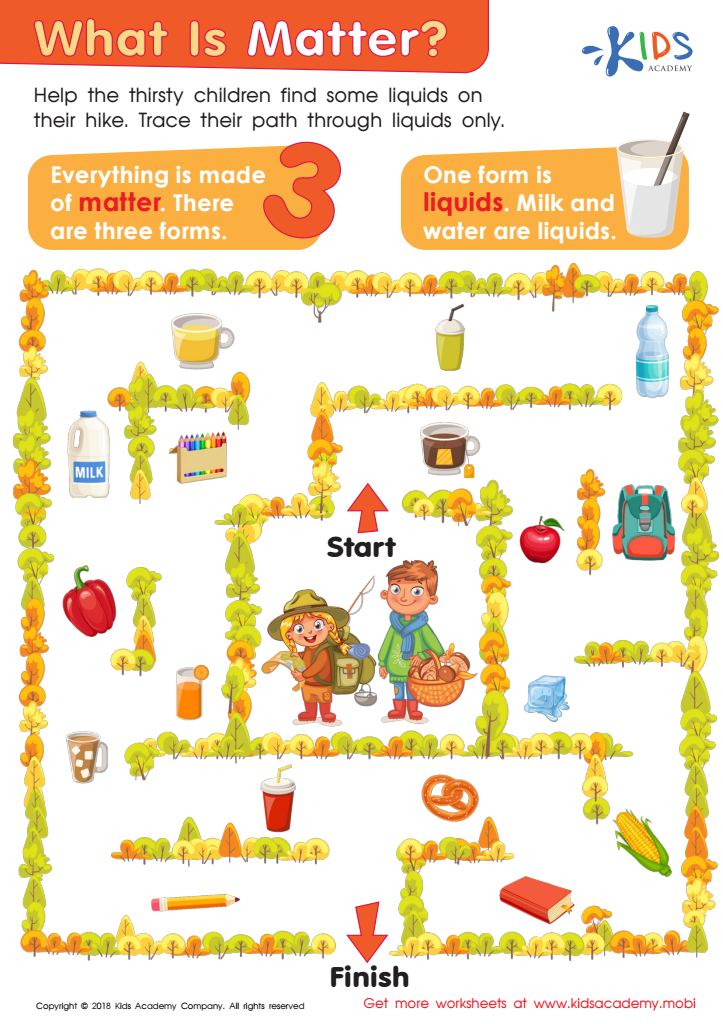

What Is Matter? Worksheet
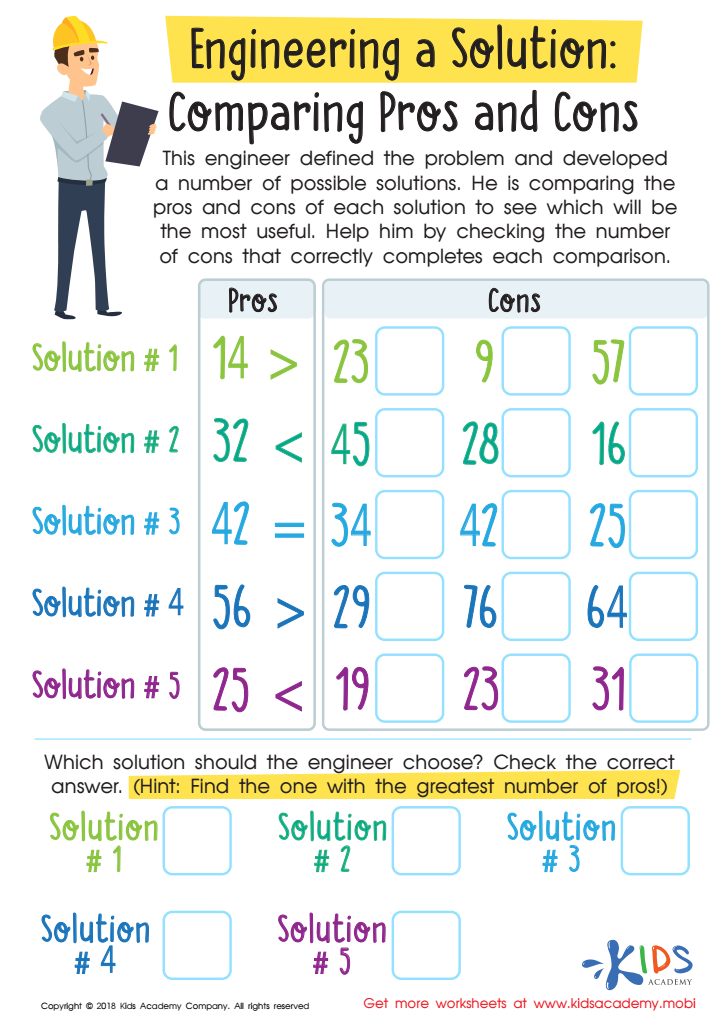

Engineering a Solution: Comparing Pros and Cons Worksheet
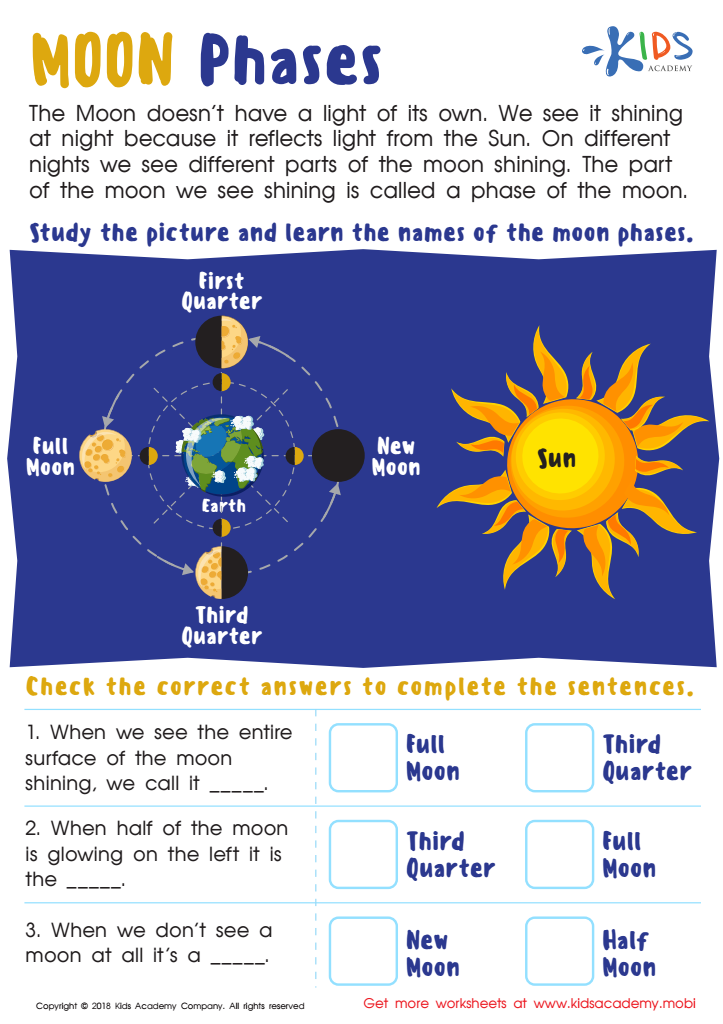

Moon Phases Worksheet
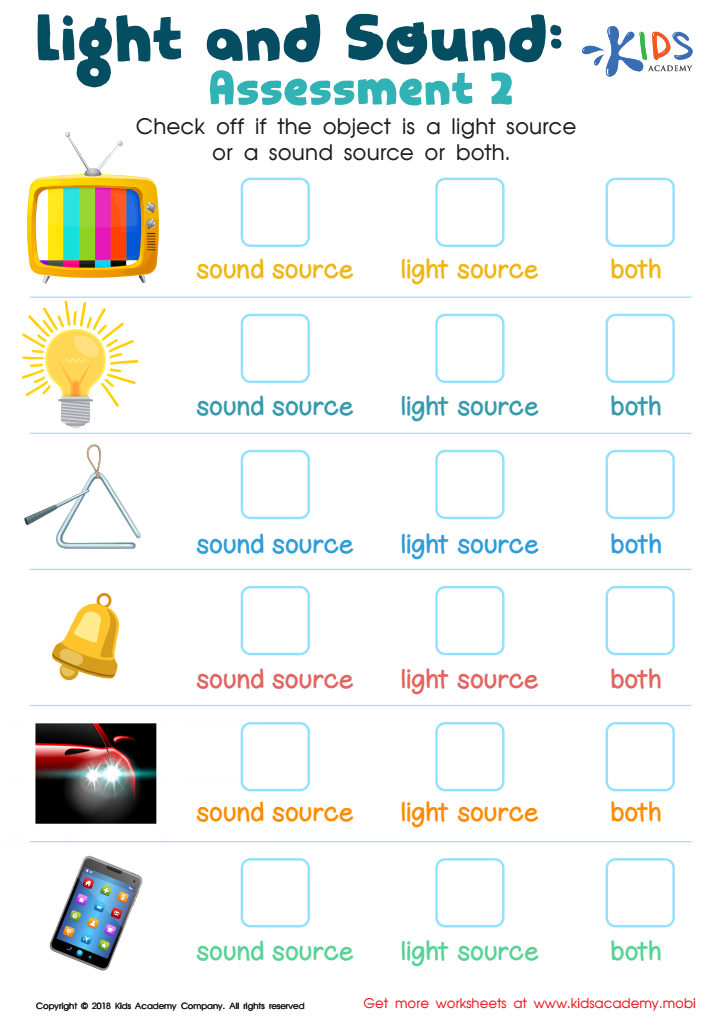

Light and Sound: Assessment 2 Worksheet
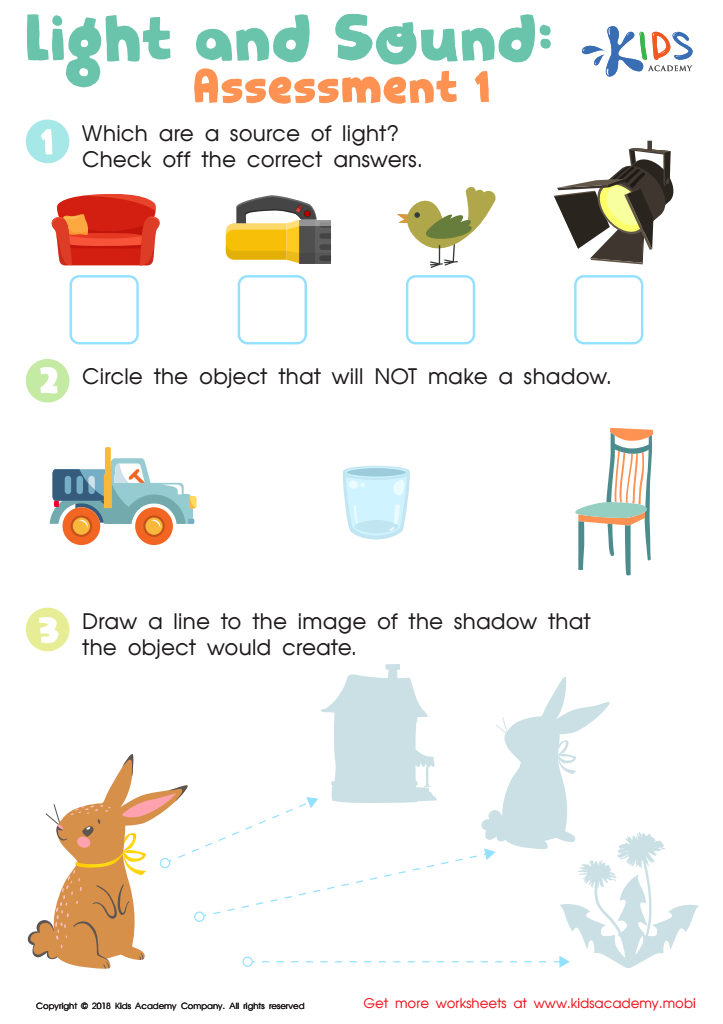

Light and Sound: Assessment 1 Worksheet
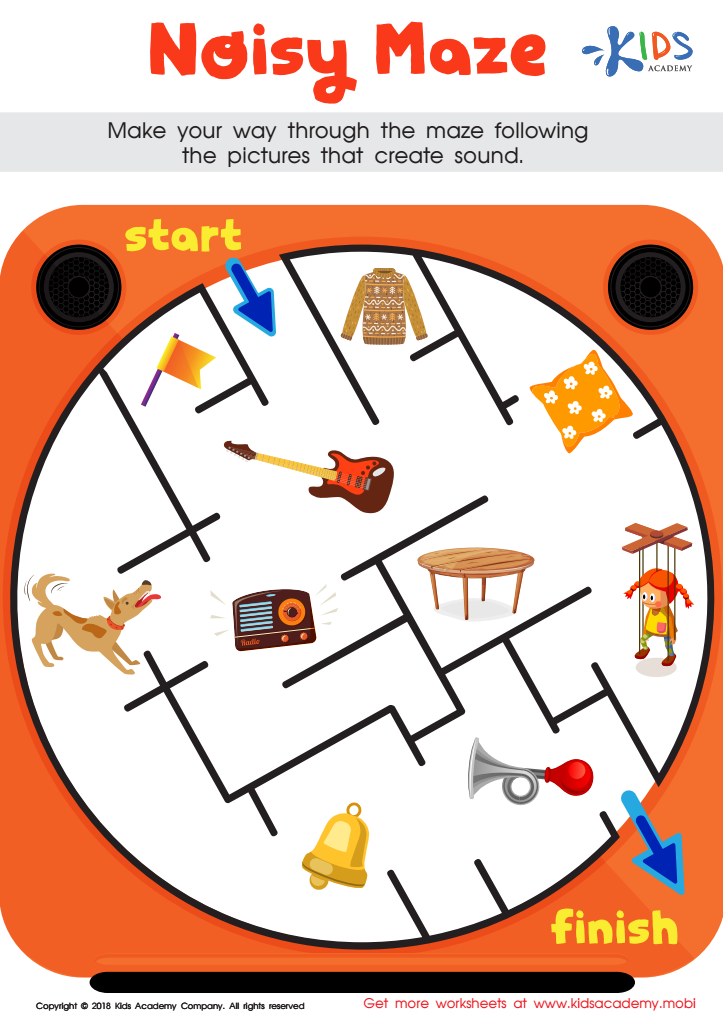

Noisy Maze Worksheet
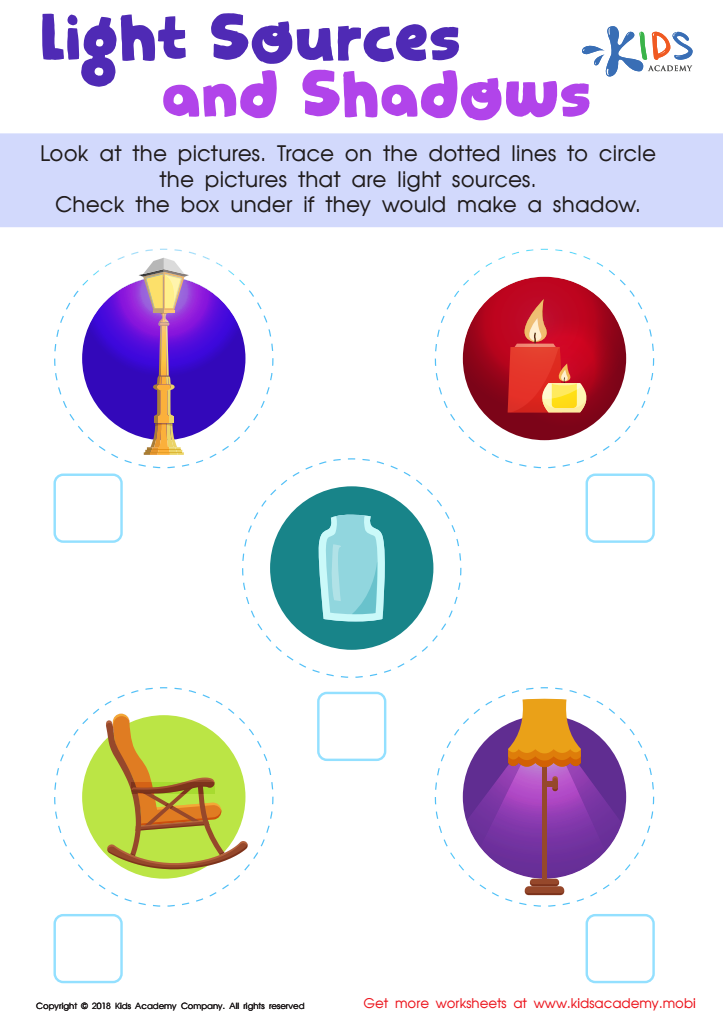

Light Sources and Shadows Worksheet
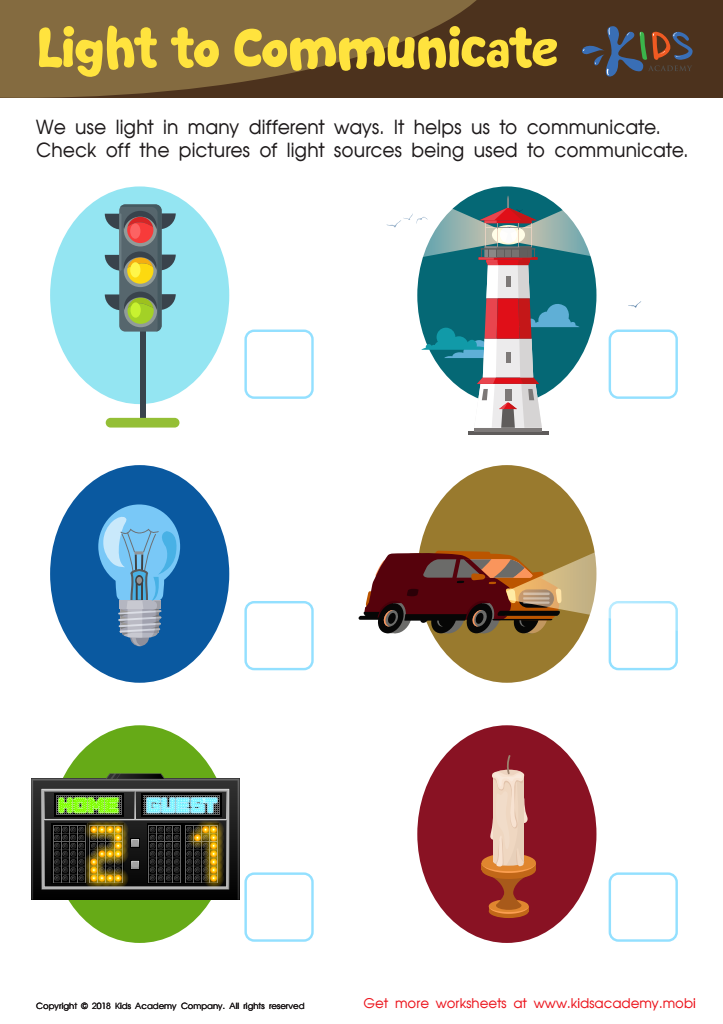

Light to Communicate Worksheet
Worksheets on Physical Science for 7-Year-Olds play a pivotal role in introducing young learners to the wonders of the natural world. These educational tools are specifically designed to cater to the curiosity and developmental stage of seven-year-olds, making learning both accessible and engaging. Here's why they stand out in teaching Physical Science to this age group:
-
Foundation Building: At the age of seven, children are at a prime stage for absorbing new information. Physical Science worksheets lay down a strong foundation of basic scientific principles, from understanding the properties of matter to exploring energy forms, in a manner that resonates with their level of understanding.
-
Interactive Learning: These worksheets are crafted to encourage hands-on learning. Through experiments, observation tasks, and interactive activities, children are not just passive recipients of information but active participants. This approach fosters a deeper understanding and retention of concepts covered.
-
Developing Critical Thinking: With carefully structured questions and problems, Physical Science worksheets for 7-year-olds promote critical thinking and problem-solving skills. Children learn to observe, question, and deduce, which are essential skills not just in science but in everyday life.
-
Fun and Motivation: By integrating fun illustrations, engaging tasks, and relatable scenarios, these worksheets make learning about Physical Science enjoyable. This positive experience with science at a young age can spark a lifelong interest in the subject and motivate children to explore further.
In essence, Physical Science worksheets for 7-year-olds are a crucial educational resource. They not only make the vast and sometimes complex world of science accessible to young minds but also lay the groundwork for a future of scientific exploration and discovery.
 Assign to My Students
Assign to My Students




